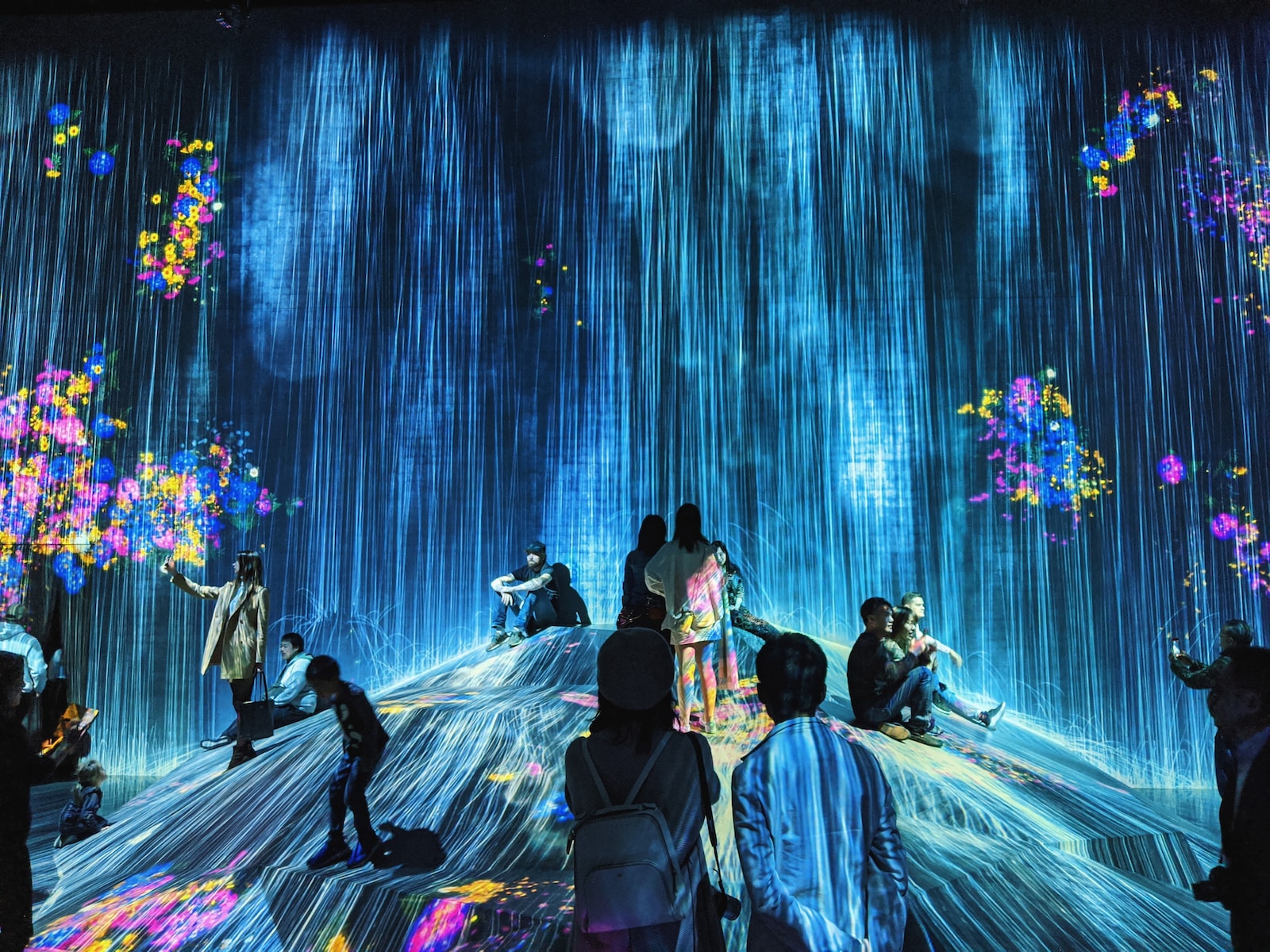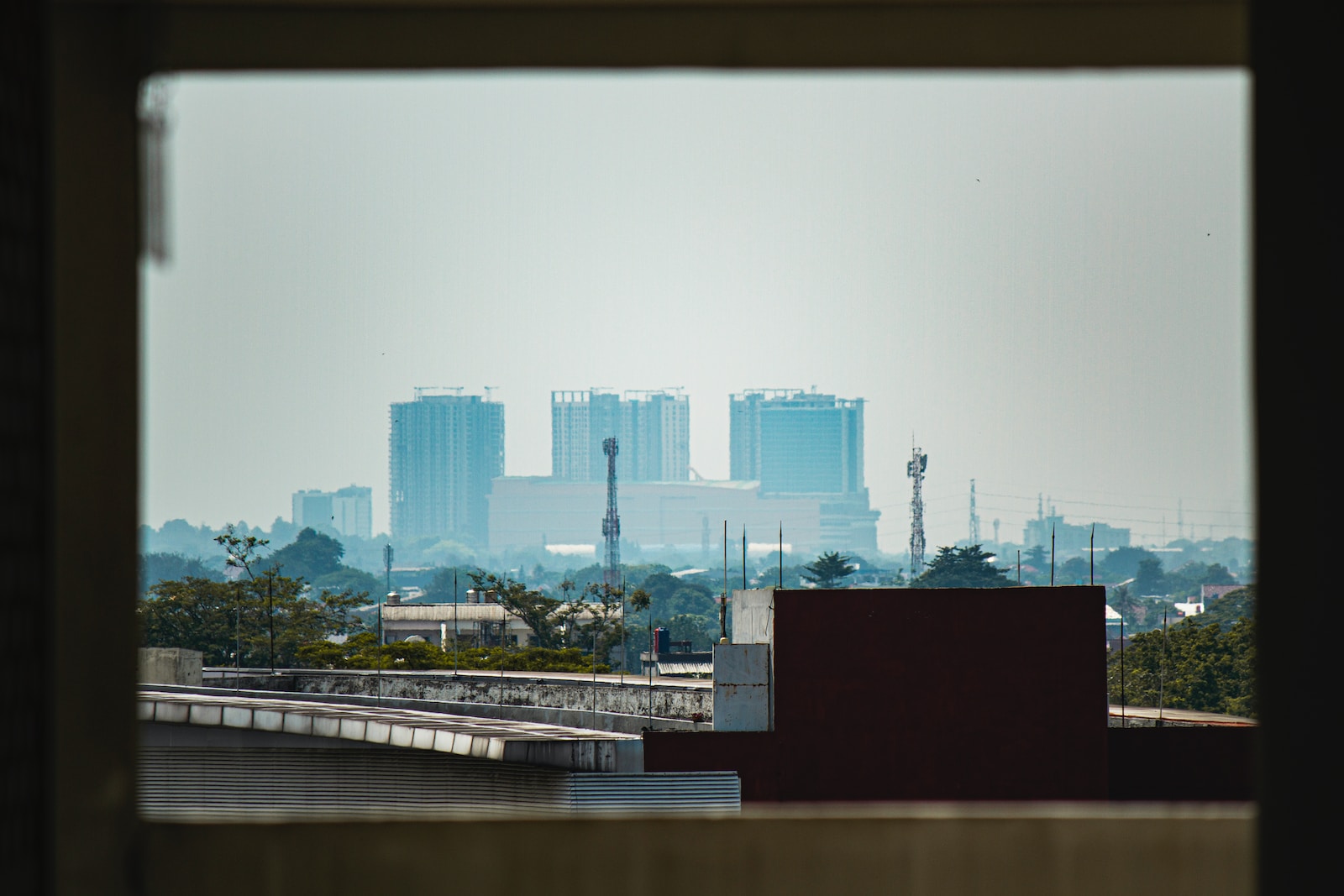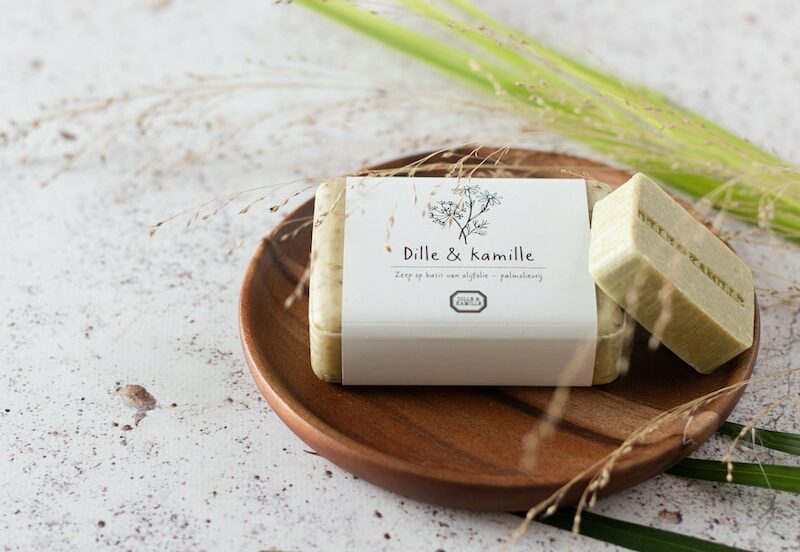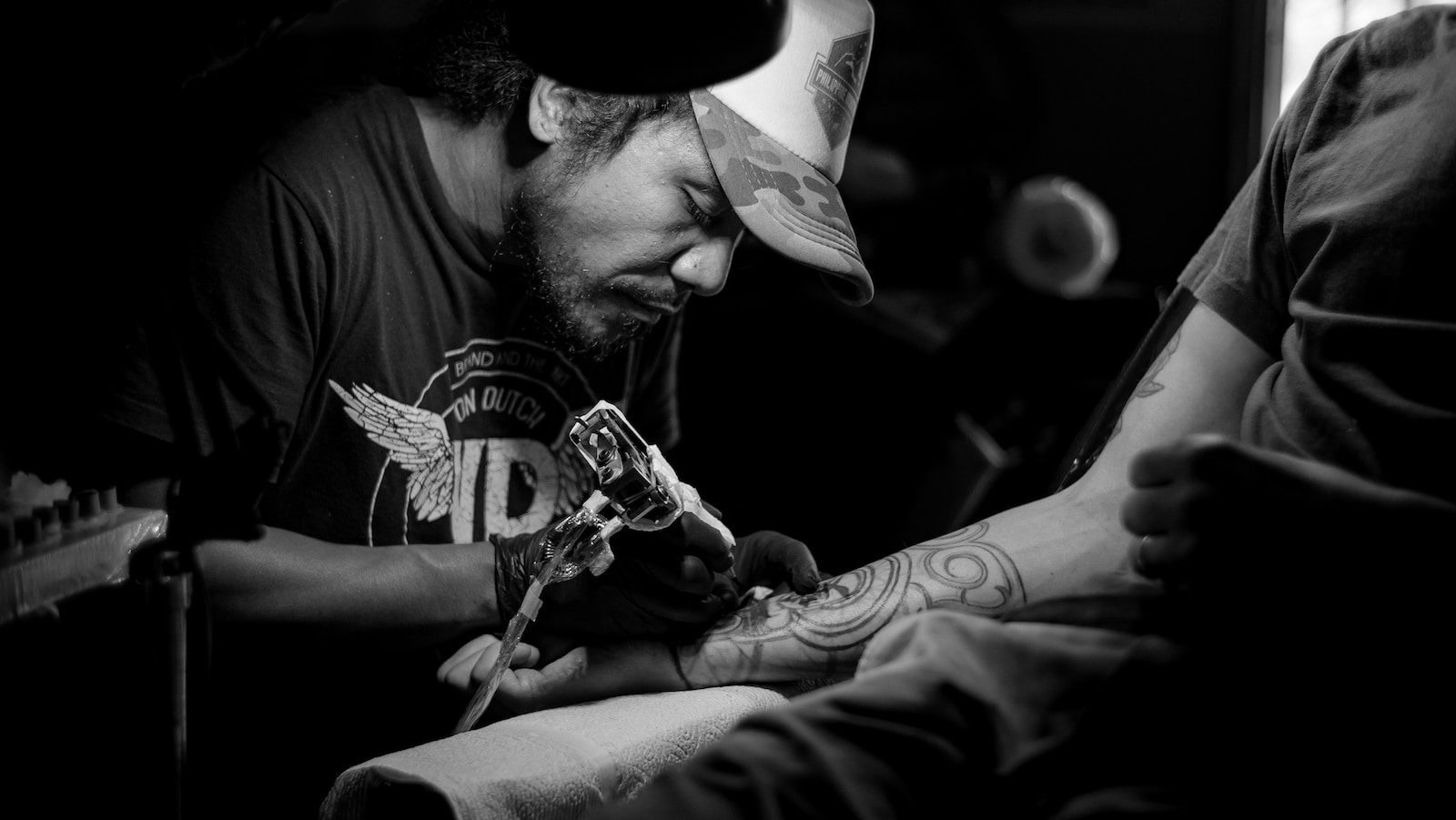Welcome to “Pushing the Boundaries with Digital Art Photography,” a comprehensive guide that will take you on a journey into the world of creative photography and digital manipulation. In this blog, we will explore the various techniques, software, and camera settings used to capture stunning digital art. Whether you’re a seasoned photographer or just starting out, this guide will provide you with the knowledge and inspiration to unleash your creativity and push the boundaries of what is possible in digital art photography.
Table of Contents
Mastering the Basics: Understanding Camera Settings
Before diving into the world of digital art photography, it is crucial to have a solid understanding of your camera’s settings. We will explore the importance of aperture, shutter speed, and ISO and how to manipulate these settings to achieve your desired artistic effects. With a firm grasp of the basics, you’ll be ready to explore the limitless possibilities of creative photography.
Aperture: The Key to Depth of Field
Understanding how aperture affects depth of field is essential in creating compelling digital art photographs. Discover how to use a shallow depth of field to draw attention to your subject or achieve a greater depth of field to capture intricate details in your composition. With a few simple adjustments, you can transform an ordinary scene into a visually captivating masterpiece.
1.2 Shutter Speed: Freezing or Blurring Movement
The manipulation of shutter speed allows you to freeze fast-paced motion or accentuate the sense of movement in your digital art photography. Explore the art of capturing a split second with high-speed photography or adding a touch of creativity with long exposure techniques. Unleash your imagination by experimenting with different shutter speeds to create unique and dynamic images.
ISO: Balancing Light and Noise
Get acquainted with ISO and its impact on the brightness and noise levels in your photographs. Learn how to adjust your ISO settings to maintain image quality while shooting in low light conditions or to add grainy textures for a retro or artistic effect. Understanding ISO enables you to master low light photography and introduces new opportunities for creative expressions.
Unleashing Creativity: Digital Manipulation Techniques
Once you have captured your digital art photographs, the next step is to explore the world of digital manipulation. In this section, we will delve into various software and techniques that will elevate your images to breathtaking new heights.
Creative Editing with Adobe Photoshop
Discover the power of Adobe Photoshop and learn how to enhance your digital art photography through advanced editing techniques. From adjusting colors and contrast to removing unwanted elements and adding artistic effects, Photoshop offers endless possibilities for creative expression. Unleash your imagination as we dive into the world of layers, masks, and filters to take your photographs to the next level.
Exploring Lightroom: Organize and Enhance Your Images
Lightroom is not only a powerful photo organizer but also an incredible tool for enhancing your digital art photography. Uncover the secrets of Lightroom’s editing features, such as selective adjustments, graduated filters, and presets. With Lightroom, you can streamline your workflow, achieve consistent looks across your portfolio, and bring out the full potential of your digital art.
Pushing the Limits with Specialized Software
If you’re looking to push the boundaries even further, we will explore specialized software tailored for digital art manipulation. Dive into the world of photo compositing and surreal effects with software like GIMP or Corel PaintShop Pro. Discover how these tools can unleash your creativity and help you create stunning and imaginative digital art photographs.
Did you know that the first recorded instance of photo manipulation dates back to the 1860s when early photographers combined multiple images to create a single composite photograph? The techniques we use today have a rich and fascinating history!
Getting Creative: Breaking the Rules
Now that you have mastered the technical aspects, it’s time to let your creativity run wild and break the traditional rules of photography. In this section, we will explore unconventional techniques and ideas to inspire you in your digital art photography journey.
Abstract and Experimental Photography
Step outside the realm of traditional photography and dive into the abstract and experimental side of digital art. Explore techniques such as intentional camera movement, multiple exposures, and macro photography to create unique and thought-provoking images. Push the boundaries of reality and embrace the freedom to create without limits.
Embracing Minimalism and Negative Space
In the fast-paced world of digital art photography, sometimes less is more. Discover the power of minimalism and negative space in your compositions. Learn how to use negative space strategically to draw attention to your subject and create images with a strong impact. Let simplicity speak volumes and make a statement through understatement.
Playing with Colors and Textures
Colors and textures play a significant role in conveying emotions and moods in your digital art photography. Learn how to experiment with color theory, use color grading techniques, and incorporate textures to add depth and interest to your images. By understanding the psychology of colors, you can evoke specific emotions and create visually compelling photographs.
Get ready to embark on an exciting journey through the world of digital art photography. Together, we will explore the technical aspects, unleash our creativity through digital manipulation, and break the rules to create captivating and imaginative images. Let’s push the boundaries and discover the limitless possibilities that digital art photography has to offer!
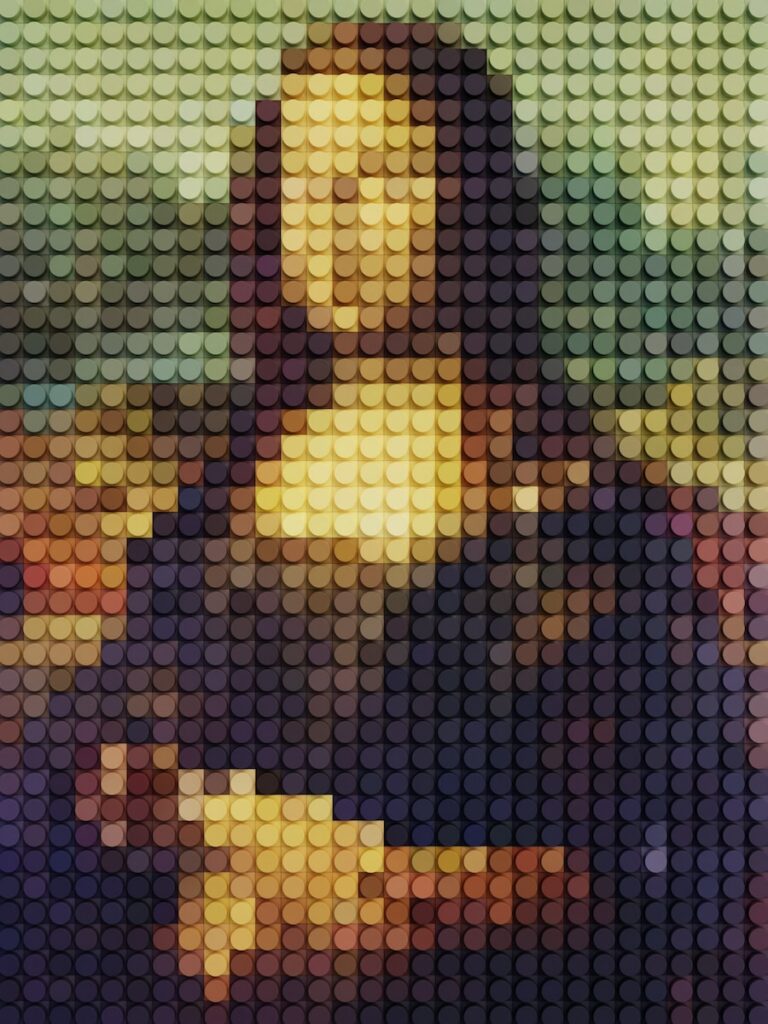
A How-To Guide: Pushing the Boundaries with Digital Art Photography
Are you passionate about photography and looking to take your creativity to the next level? Look no further! In this comprehensive guide, we will explore the exciting world of digital art photography. From understanding camera settings to unleashing your imagination through digital manipulation, we’ve got you covered.
Camera Settings for Creative Photography
Before diving into the realm of digital art photography, it’s crucial to familiarize yourself with the right camera settings. Here are a few tips to get you started:
- Experiment with different shutter speeds to capture motion and create dynamic effects.
- Adjust the aperture to control the depth of field, allowing you to focus on specific elements and blur the background.
- Play with ISO settings to add or reduce graininess in your photos, depending on the mood you want to convey.
Unleashing Creativity with Software
To truly push the boundaries of digital art photography, you need to harness the power of software. Here are some popular options:
- Adobe Photoshop: The industry standard for digital manipulation, allowing you to enhance, retouch, and transform your images.
- GIMP: A free and powerful alternative to Adobe Photoshop, offering a wide range of editing tools and effects.
- Capture One: Ideal for professional photographers, this software offers advanced editing capabilities and excellent color accuracy.
Unleashing Your Imagination: Digital Manipulation Techniques
Now that you have the technical foundations in place, it’s time to get creative with digital manipulation. Here are a few techniques to experiment with:
- Double exposure: Overlay two or more images to create a surreal and dreamlike effect.
- Selective colorization: Emphasize specific elements by desaturating the rest of the image, drawing attention to your subject.
- Composite imagery: Merge elements from different photos to create a unique and captivating scene.
Remember, the beauty of digital art photography lies in your ability to break the boundaries and push your creative limits. With the right camera settings, powerful software, and an imaginative mindset, the possibilities are endless. So go out there, experiment, and let your digital art photography soar to new heights!
Frequently Asked Questions
What is digital art photography?
Digital art photography is a form of creative photography that involves using digital technology to produce unique and visually stunning images. It allows photographers to push the boundaries of traditional photography by manipulating and enhancing their photos using software.
What software is commonly used in digital art photography?
There are several software options available for digital art photography. Adobe Photoshop and Adobe Lightroom are popular choices among photographers for their wide range of tools and features that allow for creative manipulation and enhancement of photos.
How can I get started with digital art photography?
To get started with digital art photography, you will need a camera capable of capturing high-quality images and a computer with photo editing software. Familiarize yourself with the functions of your camera and experiment with different shooting techniques. Then, explore the various features of your editing software and practice using them to enhance your photos.
What camera settings should I use for digital art photography?
The camera settings you use for digital art photography will depend on the specific effect you want to achieve. Experiment with different settings such as aperture, shutter speed, and ISO to create unique and captivating images. Play with depth of field, motion blur, and light exposure to add an artistic touch to your photos.
How can I get creative with digital manipulation in photography?
Digital manipulation in photography allows you to transform and manipulate your images in endless ways. Experiment with techniques like layering, blending, and adding filters or effects to your photos. Let your imagination run wild and explore different possibilities to create unique and visually stunning works of art.
Wrap Up
In conclusion, digital art photography offers limitless possibilities for creative expression. By understanding the software, mastering camera settings, and exploring the world of digital manipulation, you can truly push the boundaries and create stunning digital art images. So go ahead, grab your camera, and let your imagination run wild!
If you have any questions or would like to share your own experiences with digital art photography, feel free to leave a comment below. We’d love to hear from you and see the amazing artwork you’ve created. Remember, the sky’s the limit when it comes to unleashing your creativity in the world of digital art photography.
